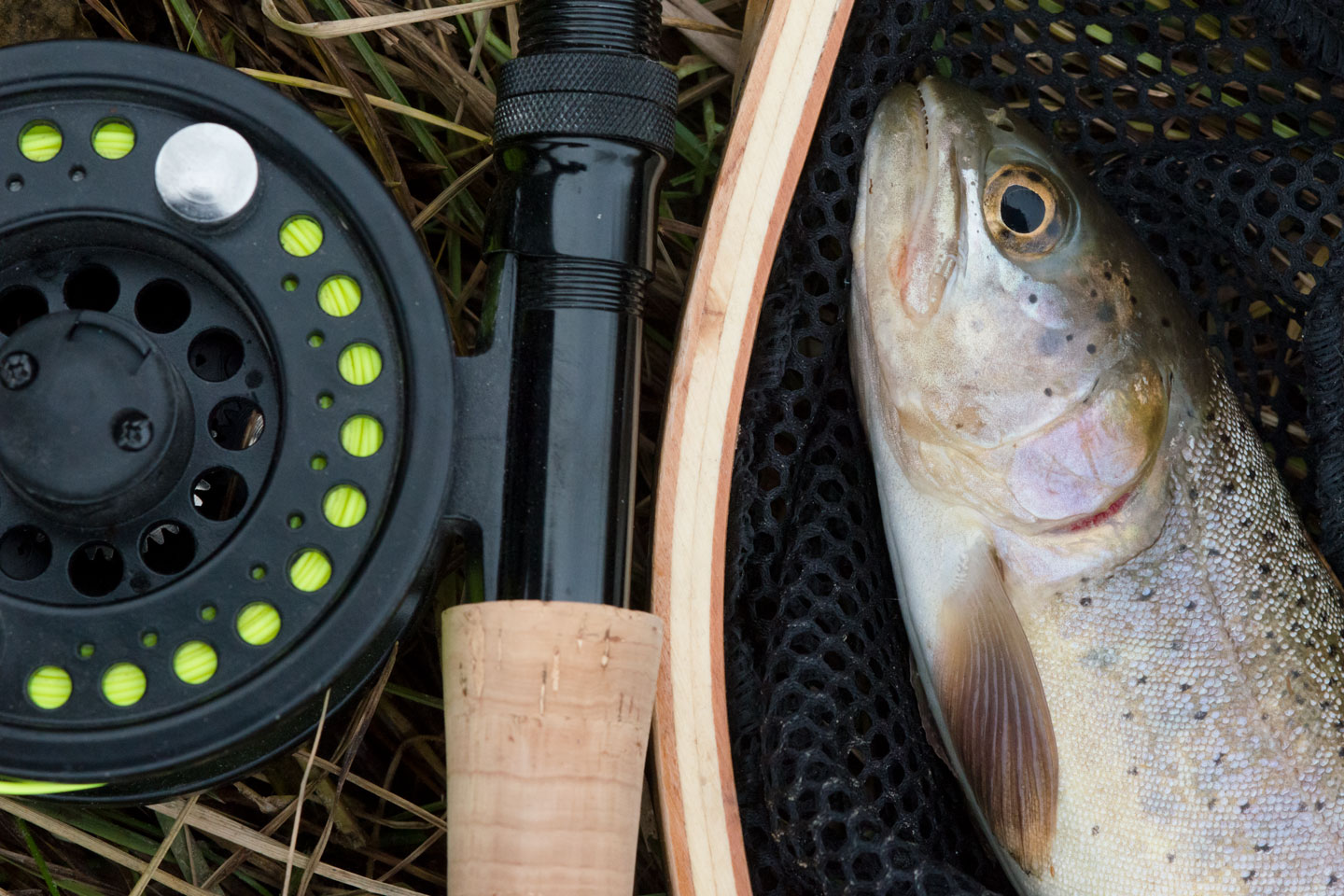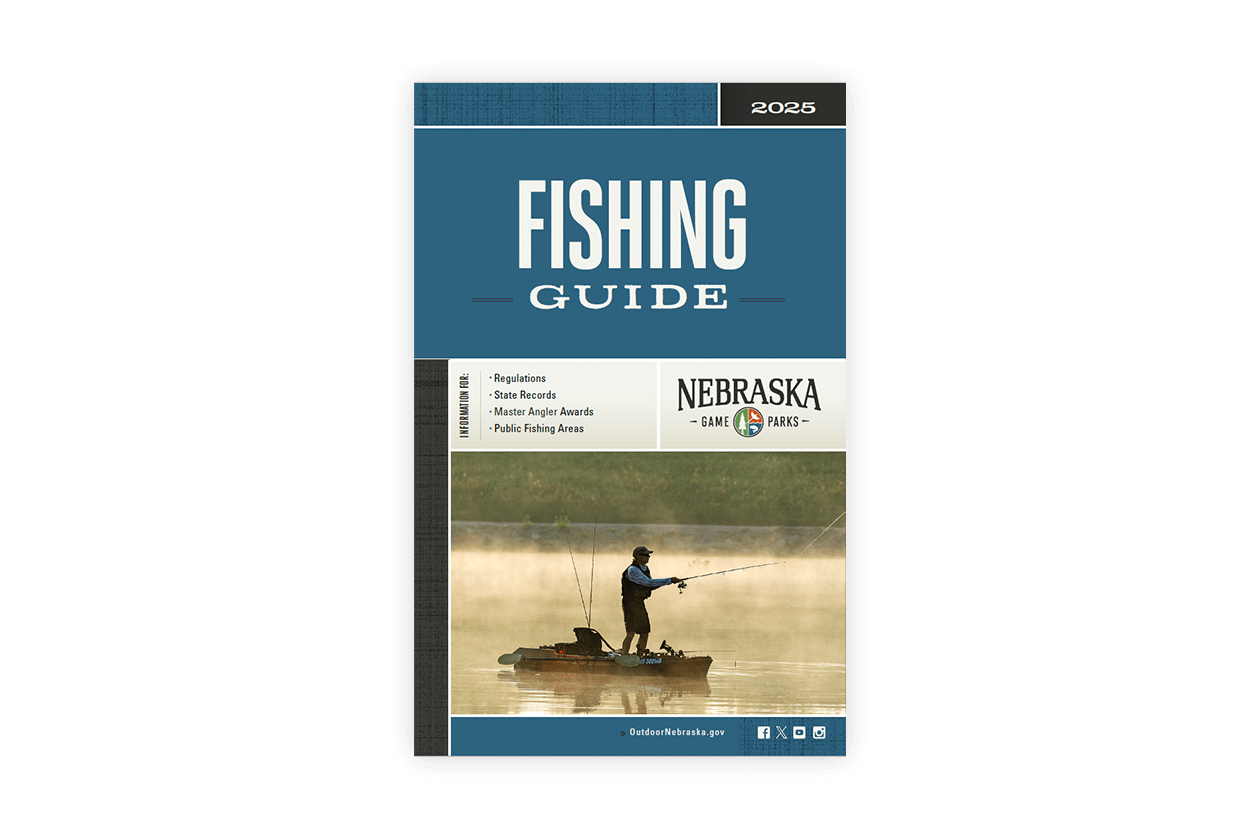Temperate bass ID
Morone saxatilis
Also known as: striper
Description: Our largest temperate bass and has a more streamlined shape. It has prominent, usually unbroken horizontal lines along the upper sides, 2 separate dorsal fins, 3 stair-stepped anal fin spines, and 2 tooth patches on base of tongue. Although it is a non-native, marine species, landlocked populations have been established across the country. It is a coolwater species and does best in our larger reservoirs. It is a voracious predator, primarily consuming fish. Gizzard shad and alewives are the preferred prey. It hasn’t been stocked in state waters since the early 1980’s with remnant populations still existing.
Family: Temperate Bass
Type: Sport Fish
Range: Lake McConaughy, Platte Valley reservoirs.
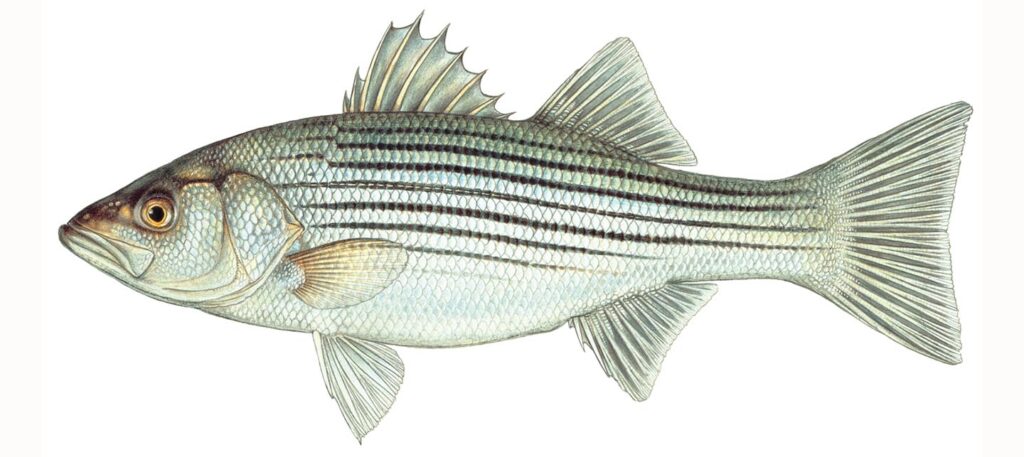
Morone chrysops
Description: White bass are our most common, only native temperate bass. It has a silvery, typically flat body with 3 stair-stepped anal fin spines, 2 separate dorsal fins, broken horizontal lines along the sides, and 1 tooth patch on base of tongue. They often feed near the surface where prey fish, small crustaceans, and emerging stages of aquatic insects concentrate. Gizzard shad are the staple food item for adults. White bass are a schooling fish and move rapidly about in pursuit of small fish which will leap from the water to avoid capture during a feeding frenzy. Boat anglers are often “on the watch” for gulls, that are feeding on surfacing, injured shad, in order to locate white bass schools. They are one of the top 5 commonly sought-after sport fish.
Family: Temperate Bass
Type: Sport Fish
Range: Most common in Platte and Republican river systems and reservoirs.
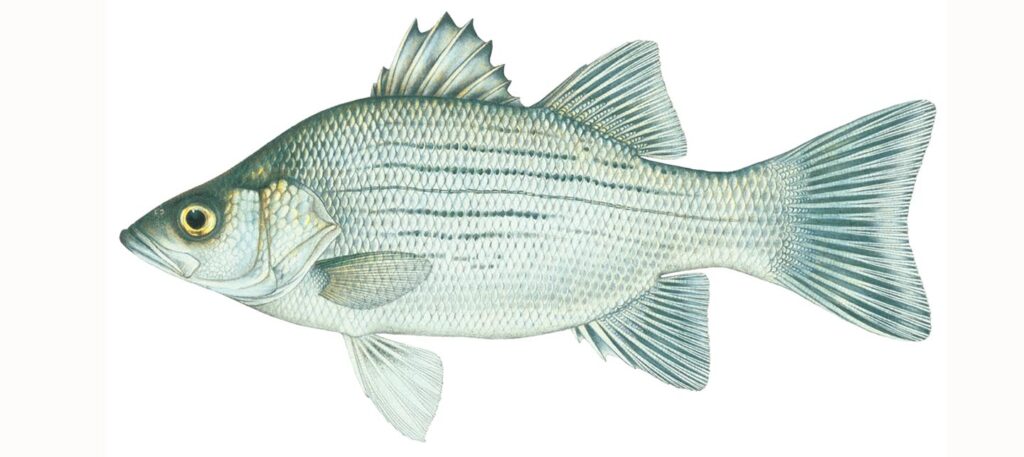
Morone americana
Also known as: perch
Description: A silvery, flat bodied fish with 3 anal fin spines that are not stair-stepped (second and third anal spine length nearly equal); sides nearly plain or may have faint stripes; 2 dorsal fins that are slightly connected; and no teeth on base of tongue. It is a non-native, temperate bass that has become established in several reservoirs as well as streams, rivers, and associated flood plain waters. Once it becomes established, it has a tendency to become overpopulated and stunt if there are not sufficient predators present. It is a schooling fish and primarily feeds on microcrustaceans (small zooplankton), immature aquatic insects, crayfish, small fish, and fish eggs.
Note: This fish species can be very harmful for the state’s aquatic resources. If you are confident that you captured or observed this fish, contact the nearest NGPC Fisheries personnel or the Commission’s Private Waters Specialist at 402-471-5435 and report where it was found (name of the lake, stream, river, sandpit, etc.), a legal description for the location (section, township, range) and date. Also include your name and phone number for a follow-up investigation.
Family: Temperate Bass
Type: Non-Game Fish
Range: Sandpits along lower Salt Creek and Platte River drainages, lower Platte River and Missouri River, and some southeast reservoirs.
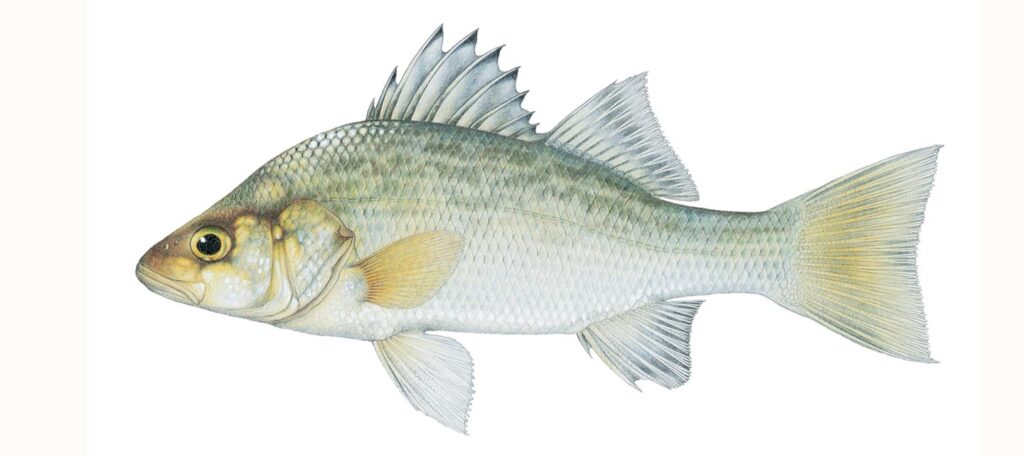
Morone saxatilis X Morone chrysops
Also known as: sunshine bass, palmetto bass
Description: The wiper is a hybrid between white bass and striped bass. It is similar to the white bass but differs by having prominent, broken and unbroken horizontal lines along the sides and usually 2 tooth patches on base of tongue. Viable wiper fisheries have been established since the 1980’s and many are still maintained today by maintenance stockings. Its feeding habits and angler fishing tactics are similar to those for white bass.
Family: Temperate Bass
Type: Sport Fish
Range: Stocked in select reservoirs statewide.
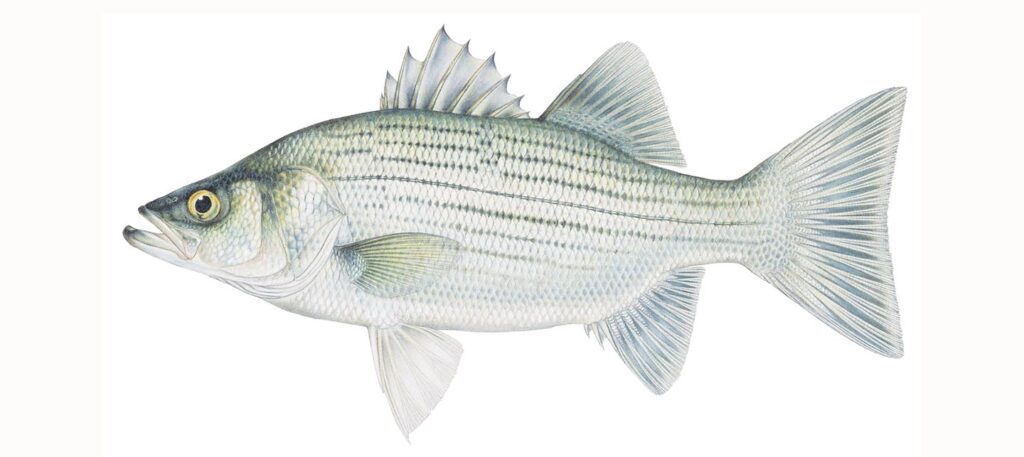
Morone mississippiensis
Description: A silvery-yellowish, flat bodied fish with 3 anal fin spines (second and third spine length nearly equal); sides with several dark, prominent horizontal lines along the sides (broken and offset above front of anal fin); 2 dorsal fins that are slightly connected; and no teeth on base of tongue. It is a non-native, temperate bass that has become established in several waters. They are a schooling fish and primarily feed on small crustaceans, insects, and significant quantities of fish – even their own young. Can stunt if there is an insufficient number of predators.
Note: This fish species can be very harmful for the state’s aquatic resources. If you are confident that you captured or observed this fish, contact the nearest NGPC Fisheries personnel or the Commission’s Private Waters Specialist at (402) 471-5435 and report where it was found (name of the lake, stream, river, sandpit, etc.), a legal description for the location (section, township, range) and date. Also include your name and phone number for a followup investigation.
Family: Temperate Bass
Type: Non-Game Fish
Range: Some southeast lakes, reservoirs, and sandpits.
References
The Fishes of Nebraska by Hrabik, et. al (2015)
The Fish Book from NEBRASKAland Magazine (1987)Related Content
Discover other fish species and resources for anglers in Nebraska.

